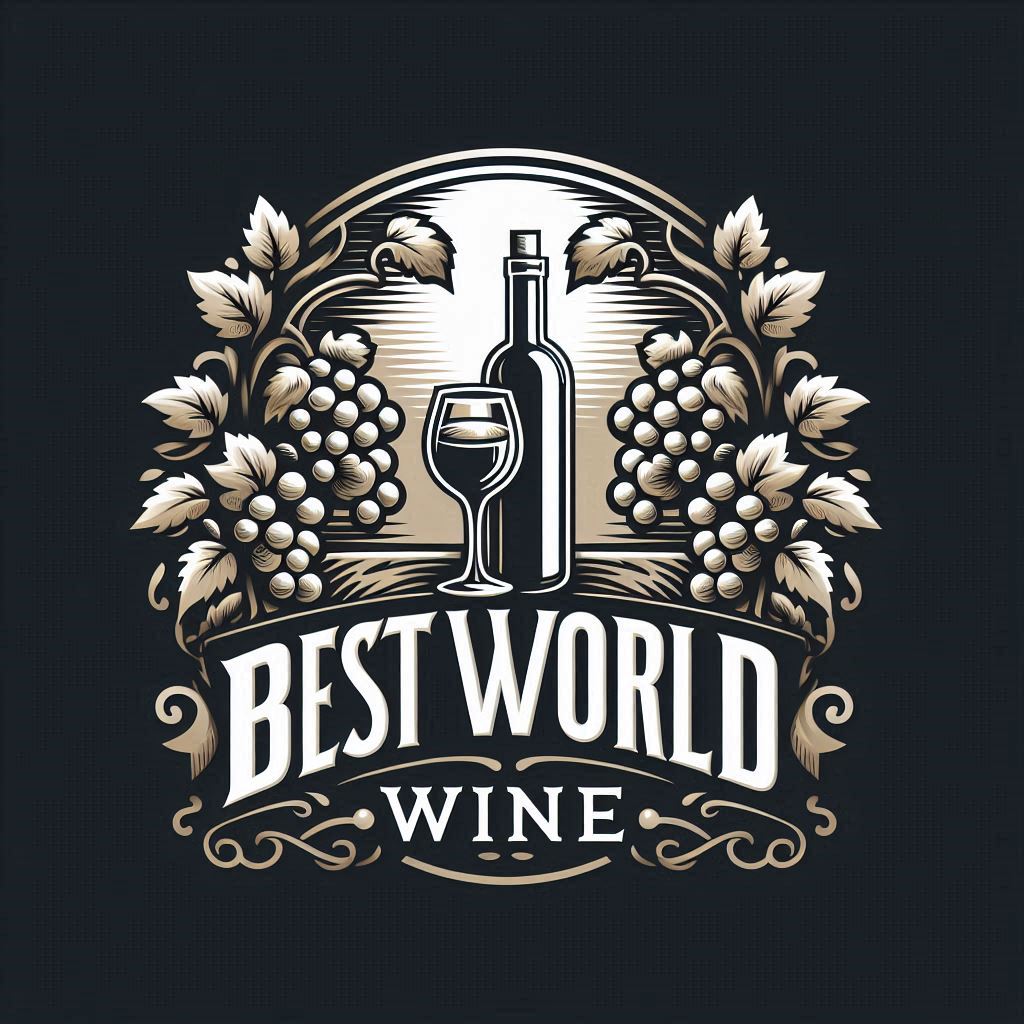Bordeaux, the world's most prestigious wine region, has been producing exceptional wines for centuries. This guide will help you navigate the complex landscape of Bordeaux wines, their regions, classifications, and characteristics.
What's the difference between Left and Right Bank in Bordeaux?
The Left Bank (west side of the Gironde estuary) features gravelly soils ideal for Cabernet Sauvignon, producing structured, tannic wines that age beautifully. The Right Bank (east side) has clay and limestone soils perfect for Merlot, resulting in softer, fruitier wines that mature earlier. Left Bank châteaux like Lafite Rothschild contrast with Right Bank stars like Petrus, each expressing their unique terroir.
What are the characteristics of Bordeaux red wine?
Bordeaux reds are known for their elegant structure, moderate alcohol levels, and remarkable aging potential. These wines typically feature notes of black currant, cedar, graphite, and tobacco. They possess medium to full body with balanced acidity and pronounced but refined tannins. The hallmark of great Bordeaux is complexity and balance—the harmonious integration of fruit, oak, acidity, and tannin that evolves beautifully over decades.
What are the 5 classifications of Bordeaux wines?
- 1855 Classification: The famed ranking of Left Bank châteaux, with five growth levels from Premier Cru (First Growth) to Cinquième Cru (Fifth Growth).
- Graves Classification: Established in 1953 for the Graves region, covering both red and white wines.
- Saint-Émilion Classification: Unique in being revised approximately every decade, ranking properties as Premier Grand Cru Classé A, Premier Grand Cru Classé B, or Grand Cru Classé.
- Cru Bourgeois: A classification for Médoc wines not included in the 1855 classification, recently restructured with three tiers.
- Cru Artisan: Recognizing smaller family estates producing quality wines at accessible prices.
What are the 5 regions of Bordeaux?
- Médoc: Home to renowned appellations like Margaux, Pauillac, and Saint-Estèphe, producing primarily Cabernet Sauvignon-based wines.
- Graves/Pessac-Léognan: Known for both exceptional red and white wines, including the legendary Château Haut-Brion.
- Saint-Émilion & Pomerol: Right Bank stars with Merlot-dominant blends, featuring prestigious estates like Château Cheval Blanc and Château Petrus.
- Sauternes & Barsac: Renowned for luscious sweet wines affected by noble rot (Botrytis cinerea).
- Entre-Deux-Mers: The largest sub-region, situated between the Garonne and Dordogne rivers, producing fresh white wines and value-driven reds.
Exploring Bordeaux: Tips for Wine Enthusiasts
When visiting Bordeaux, plan your itinerary by bank—dedicate days to exploring either Left or Right Bank châteaux to minimize travel time. Most prestigious estates require advance reservations, often months ahead. Consider visiting during spring or fall to avoid tourist crowds and experience the vineyards at their most beautiful.
For those new to Bordeaux wines, start with more approachable recent vintages from Pessac-Léognan or Saint-Émilion before exploring the more tannic Médoc wines or investing in age-worthy bottles.
Remember that vintage variation matters significantly in Bordeaux—research the characteristics of each year before purchasing, as climate conditions create dramatic differences between vintages.
Conclusion
Bordeaux's winemaking legacy spans centuries, with its complex classification systems and diverse terroirs creating wines of unparalleled distinction. Whether you're drawn to the powerful Cabernet-dominated wines of the Left Bank or the plush Merlot blends of the Right Bank, Bordeaux offers endless exploration opportunities for wine enthusiasts at every level.
